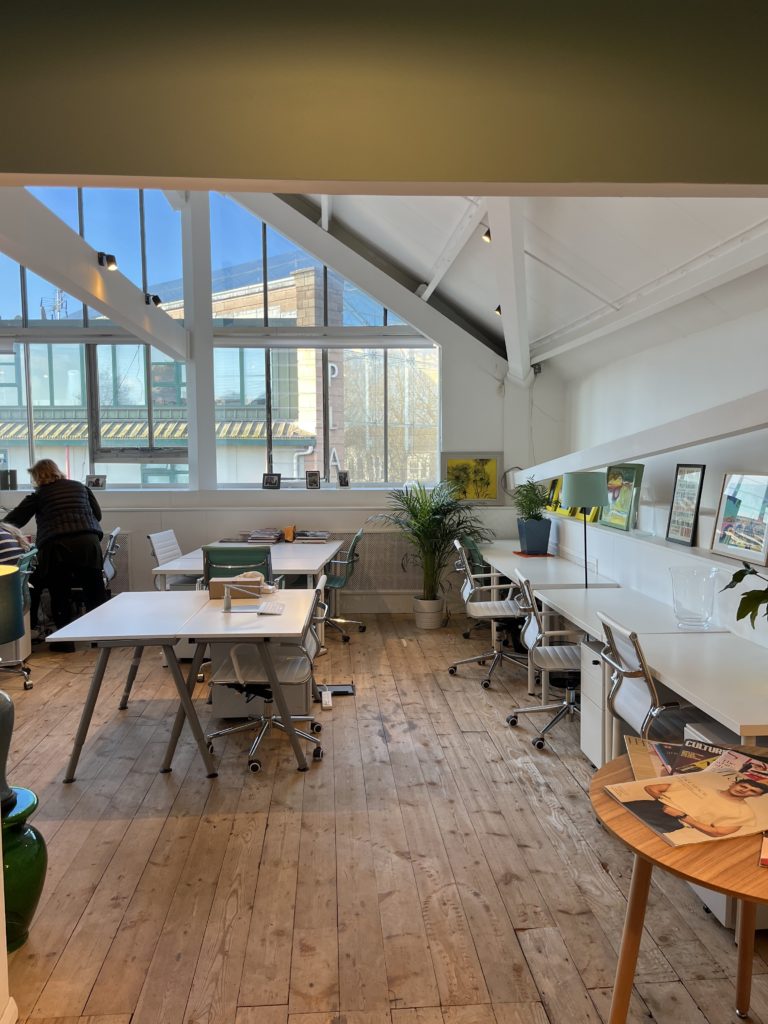Working from home has become the norm for a great many people in the UK, as businesses continue to fold remote- and hybrid-work arrangements into new employment contracts and opportunities. As the practice approaches normalcy, it could soon be the case that every worker in the UK would benefit from having a working space at home to call their own. Whether you are embarking on a new career with home-working options built-in, or simply preparing for a future of hybrid work, building a home office environment is easier than you might think. Here are some of the key considerations inherent to creating your home office.

Choosing Your Space
First things first: where will your office go? The ideal home office space would exist independently of your personal space, with privacy enough for meetings and collaboration sessions. A spare bedroom could work wonderfully to this end, particularly if there is enough natural light for you to stay energised
Of course, beggars cannot be choosers – and if space is already at a premium in your home, you may be hard-pressed to find an environment that ticks all the boxes for your professional needs. Still, with the right accommodations you can make any portion of space suitable enough for your needs. An-under-utilised corner of a dining or living space could become a partitioned office ‘zone’, with collapsible or fold-up furnishings to enable you to pack away your office at the end of each day.
Populating Your Office
But we’re getting ahead of ourselves here. With your space chosen, your next step is to think carefully about how best to populate it. What do you need, and what do you need access to during your working day? Needs will vary widely from worker to worker; coders and analysts might benefit from more than the requisite two monitor screens, while illustrators and designers might need a separate desk for ‘analogue’ pen-and-paper work.
Whatever your line of work, storage will be absolutely key to keeping a tidy and organised working space. There are all-in-one options available that solve this problem singly, but you could just as easily build up a collection of appropriate furnishings as and when you need them. You should think about your desk at the same time as this – as well as how much space you can afford.
Colour and Light
Ultimately, how you decorate your office space is up to you. It remains your personal space, and yours to develop as you see fit. However, you will have to consider the look of your office through the lens of your webcam – an indispensable part of the remote-work experience. Will your backdrop reflect you in a professional light? A bold, matte colour can work wonders for contrast and ‘smartness’.
Lighting is another crucial element, not only to enable you to work well but also to ensure you are healthy and energised. The more natural light, the better for your mental state – but the accent and task lighting in the form of angle-poise lamps can serve to create a more comfortable ambience as well as illuminate your work.
As most of these small home office ideas prove, it can be very simple to build a small home office into your current space. You just need to be creative with what space you do have and look for any nooks you can make work for you and your office space. Remember to make your office space your own and personalise it to suit your own taste and preferences as you may be spending a lot of time in there.
Photo credits: Coworking London
